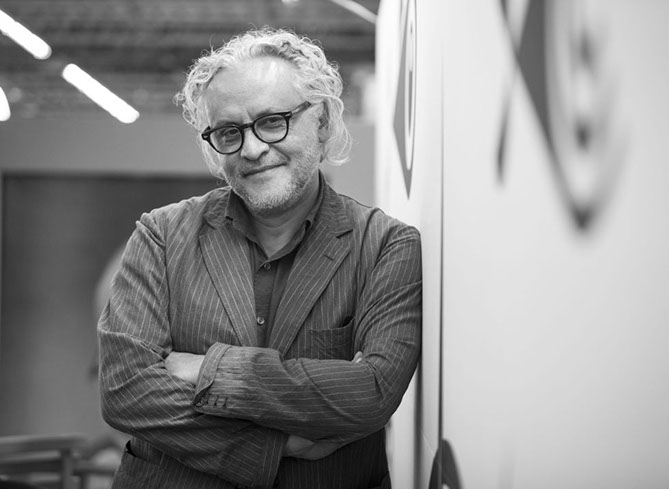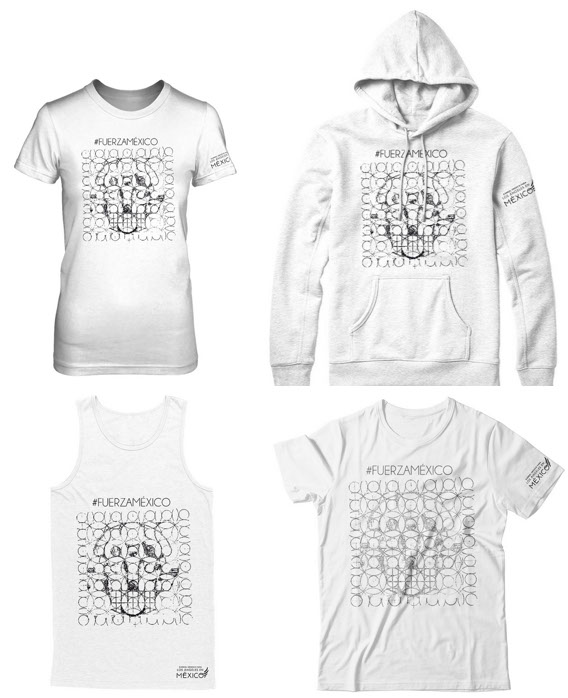
Gabriel Orozco joins the movement with this limited edition t-shirt of one of his most recent works.
GABRIEL OROZCO SE SUMA AL MOVIMIENTO CON ESTA PLAYERA EDICIÓN LIMITADA DE UNA DE SUS MÁS RECIENTES OBRAS

GABRIEL OROZCO
Artista plástico mexicano, uno de los más valorados en el circuito internacional, autor de una obra amplia y polivalente que abarca desde la escuela hasta las instalaciones espontáneas, pasando por la fotografía, el video, el dibujo y el arte-objeto.
Considerado uno de los diez creadores más importantes e influyentes del mundo, quizás el mayor renovador de las artes plásticas de los últimos años, la obra de Orozco resulta imprescindible en cualquier acontecimiento importante de arte contemporáneo y enriquece bienales y museos de Europa y América.
Biography
Gabriel Orozco
* 1962, Mexico City
From 1981 to 1984, Gabriel Orozco studied at the Escuela Nacional de Artes Plásticas, Universidad Nacional Autónoma de Mexico UNAM, and from 1986 to 1987 at the Círculo de Bellas Artes in Madrid, Spain. By the early 1990s, he was gaining notoriety in the international art scene. Working in drawing, photography, sculpture, and installation, Orozco utilizes materials and circumstances of his everyday encounters and routines, referencing conceptualism as well as the ready-mades of Marcel Duchamp. Playing with ideas of accessibility, Orozco’s work revolves around various repeating themes, exploring materials in a way that allows the viewer’s imagination to discover creative associations between aspects of everyday life that are often overlooked or ignored. From the very beginning of his career, Orozco’s nomadic lifestyle had an effect on both the production and the aesthetic of his work. He sought to break with the mainstream art of the 1980s, which often implied large studios with lots of assistants and elaborate systems of production and distribution. For Orozco, the lack of a primary “home base” lent a more fluid aspect to his production, allowing for the growth of a rich heteronomy of materials and themes marked by a conceptual openness to spontaneity and circumstance. It is difficult to describe Orozco’s work in terms of a physical product because he is more interested in questions than statements, emphasizing the potential in mutating materials, forms, and meanings.



